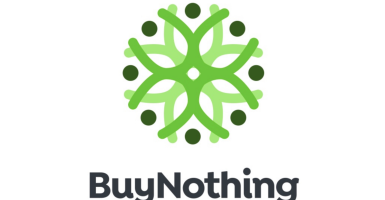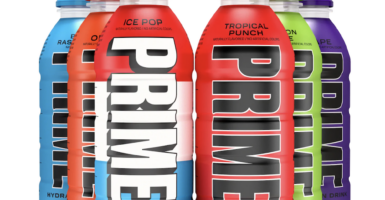SNAP Recipients Will Notice Big Changes This Month
SNAP recipients will see less money in their account this month as the extra benefits received due to the public health emergency have come to an end.
This article is more than 2 years old

Many recipients of SNAP, or the Supplemental Nutrition Assistance Program, will see big changes in their accounts this month, as the federally-funded extra food money during the pandemic comes to an end. SNAP recipients, who before the pandemic may have received as little as $15 a month in grocery assistance, saw their benefits double, triple, or even quadruple during COVID-19. Though we’re no longer in a public health emergency, inflation is soaring, and grocery prices are higher than ever; many of those who have relied on food stamps to eat for the past three years will find themselves unable to afford groceries without the added stimulus.
In Texas, 79 percent of SNAP participants are families with children, and another 27 percent are families with elderly or disabled dependents. These already vulnerable populations will only be made more vulnerable by increased food insecurity, as every SNAP recipient or household will lose at least $95 of their monthly grocery stipend in April. Advocates for basic food stipends argue that we will see higher illness and mortality rates in these communities as those who already struggle to purchase food must make impossible decisions between necessities like rent and groceries.
Libby Campbell, CEO of the West Texas Food Bank, says that most SNAP recipients, many of whom are employed, are not seeing raises that will offset the nearly 10 percent rise in grocery prices or the highest inflation seen in the last 40 years. While SNAP benefits are adjusted for inflation, most recipients say that the adjustments aren’t enough to account for the skyrocketing price of food. Some SNAP participants will even receive less benefits than they did before the pandemic.
With less people able to afford food, Campbell and other food bank personnel expect to see significant increases in the number of customers and the amount of food distributed. According to Click 2 Houston, food banks in Texas are already struggling with rising costs and inflation and are struggling even more because of increased need and demand. Campbell says that they expect to see an increase in customers of up to 10 percent in the next few months, though they’re already 28 percent higher than they were this time last year.
Some worry that food banks won’t be able to support the booming need of hungry citizens and will need assistance from state and federal governments. Interestingly, the government would likely end up paying the same amount—or more—than they did in SNAP benefits to the food banks, while simply adjusting SNAP benefits to match inflation and the cost of groceries could have prevented such widespread food insecurity. There are several bills in place to make small but meaningful changes to how SNAP benefits are calculated, but many worry that those changes will be too little too late.
Some U.S. citizens are limiting themselves to a single meal a day, while others go hungry so that their children can eat. Though some believe that SNAP recipients should pull themselves up by their own bootstraps or get jobs, the reality is that most minimum-wage or even retail or food service jobs don’t pay enough for workers to afford necessities like rent and food. The issue isn’t work ethic; it’s that inflation, rising costs, and stagnant wages are suffocating America’s working class.






